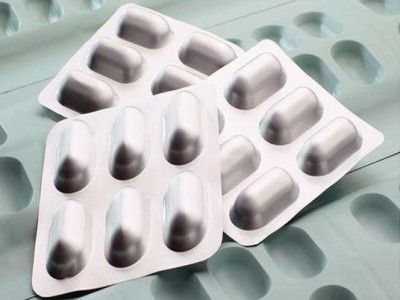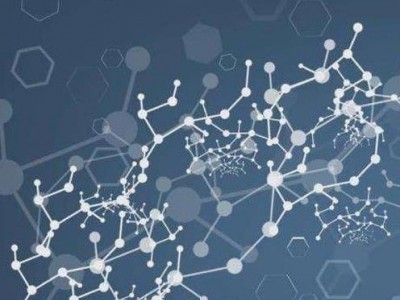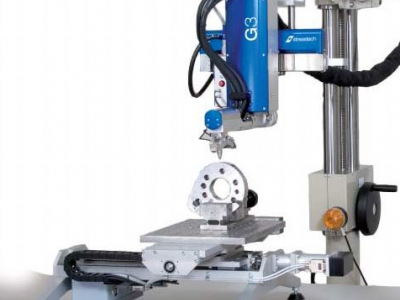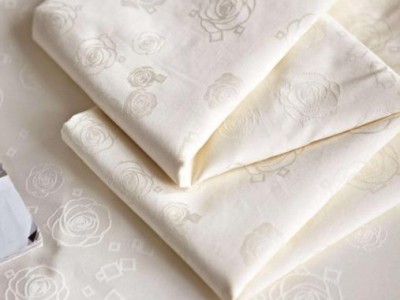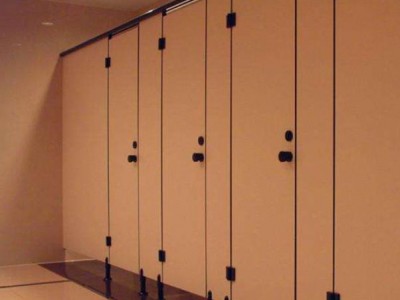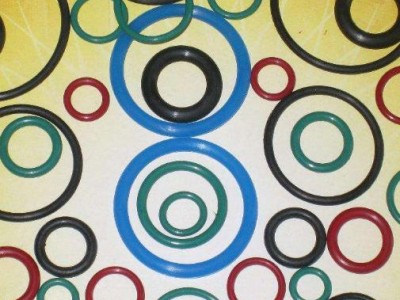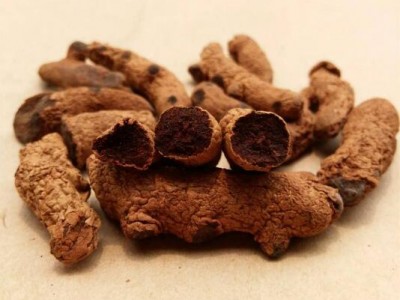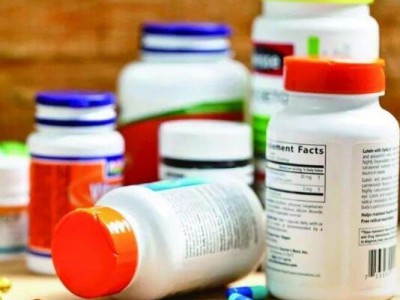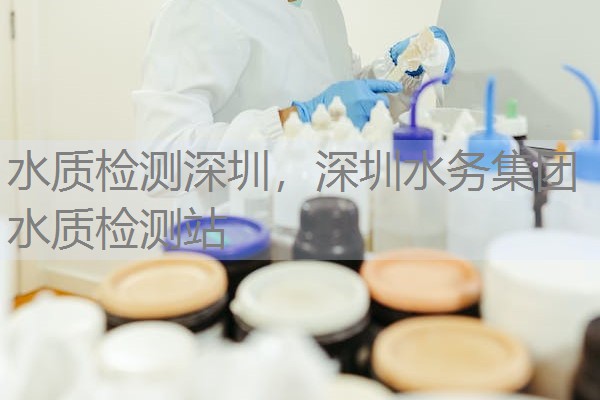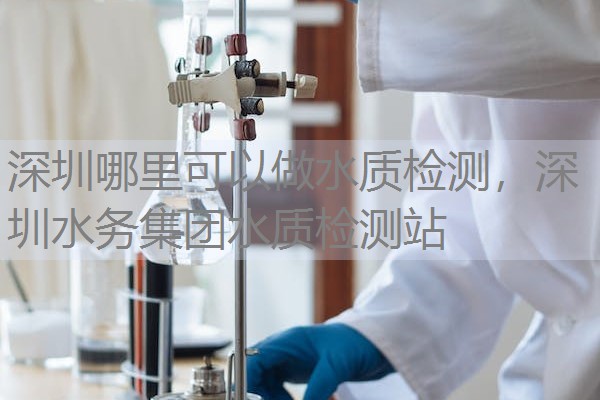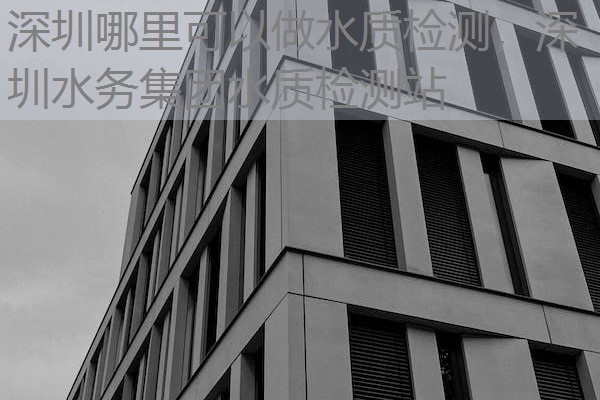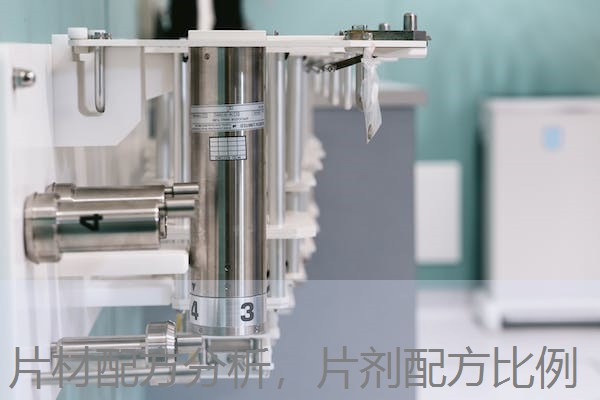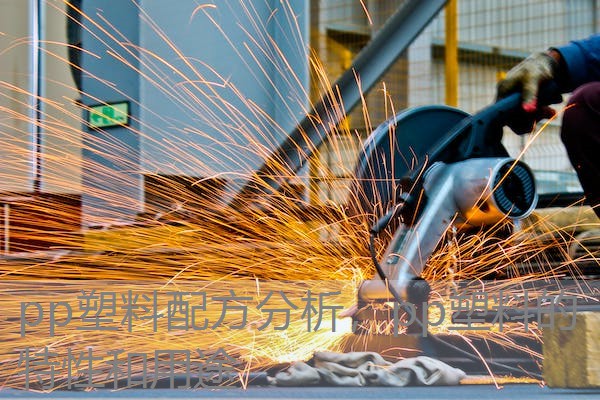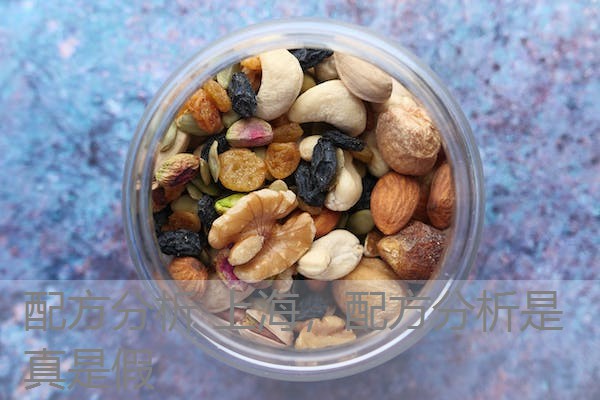抑菌测试实验简介
抑菌测试实验是一种评估材料、产品、或者环境对微生物生长抑制能力的重要实验。通过对各种抑菌材料或产品进行测试,能够确定其在一定条件下对细菌、真菌等微生物的抑制效果。这类测试在医疗器械、建筑材料、家居用品等多个领域都有广泛应用,尤其在公共卫生和环境保护方面显得尤为重要。
随着抗生素耐药问题的加剧,抑菌测试的重要性愈发凸显。它不仅能帮助制造商确保产品的安全性和有效性,也为消费者提供了更多的选择,能够选择已证实有效的抑菌产品。
相关国家标准与国外标准
在中国,抑菌测试实验的相关标准由国家标准化管理委员会发布,主要包括:
- GB/T 21866-2008:该标准规定了抑菌性能的评估方法,适用于家用和公共场所使用的抑菌产品。
- GB 15979-2002:对一次性卫生用品的卫生标准规定,涉及抑菌性能的要求。
- GB/T 15780-2007:针对建筑材料的抑菌性能的评价标准。
在国际标准方面,主要可以参考:
- ISO 22196:2011:该标准为塑料及其他表面抗菌特性提供了测试方法,适用范围广泛,涵盖塑料和非多孔表面。
- ASTM E2180:美国材料与试验协会(ASTM)制定,适用于测定抗菌涂层在产品上的效果。
- JIS Z 2801:日本工业标准,主要用于评估抗菌产品的性能。
服务流程
抑菌测试的服务流程通常包括以下几个步骤:
- 需求沟通:客户与检测机构进行初步沟通,明确检测需求、样品类型及要求。
- 样品准备:客户根据检测机构的要求准备好测试样品,并填写相关的申请表。
- 合同签订:双方确定检测项目、费用和服务周期,签署检测合同。
- 样品检测:检测机构根据相关标准进行试验,检测样品的抑菌效果。
- 结果分析:实验完成后,专业人员对结果进行分析,生成检测报告。
- 结果反馈:将检测报告反馈给客户,并根据需要进一步讨论结果和建议。
检测或认证项目介绍
抑菌测试的检测或认证项目一般包括但不限于以下内容:
- 抑菌率测试:通过平板计数法或其他方法,评估材料对微生物生长的抑制率。
- 持久性测试:检测材料在一定使用条件下的抑菌效果的持久性。
- 抗真菌性能测试:测试材料对真菌的抑制作用,常用于医疗和居家环境。
- 环境适应性测试:材料在不同环境条件下的抑菌性能评估,包括温度、湿度等因素。
相关费用
抑菌测试的费用因检测项目、样品数量、复杂性等因素而异。一般而言,费用结构如下:
- 基础检测费用:通常在2000元至5000元不等,根据测试项目的类型而定。
- 额外服务费用:如需进行复测、特别分析或加急服务,可能需要额外收费。
- 报告费:部分机构会对检测报告收取一定费用,通常在500元左右。
因此,具体费用还需根据客户的详细要求与检测机构的具体报价来确认。
总结
抑菌测试实验在今天的生活中扮演着重要角色,其应用涵盖医疗、环境、家庭等多个领域。通过了解相关标准、服务流程、检测项目及费用信息,客户可以更好地选择和利用抑菌测试服务,从而确保所使用产品的安全性与有效性。无论是制造商还是消费者,以科学的态度对待抑菌测试,将促进抗菌产品的健康发展。
抑菌测试实验介绍
抑菌测试实验介绍
抑菌测试实验旨在评估产品或物质抑制细菌生长的能力。 这对于确保各种产品(如消毒剂、抗菌纺织品、医疗设备等)的有效性和安全性至关重要。 本文将介绍抑菌测试实验的基本原理、相关标准、服务流程、检测项目和费用等。
抑菌测试实验简介
抑菌测试,也称为抗菌测试,是通过实验室方法来评估某种物质或产品对特定细菌的抑制或杀灭效果。 测试结果通常用于产品质量控制、研发、以及符合法规要求。测试原理是将被测样品与特定菌种接触,在特定条件下培养一段时间后,观察细菌的生长情况,从而判断样品是否具有抑菌效果。
相关国家标准和国外标准
(This section requires significant research and accurate citing of specific standards. Here's a general outline. I can't provide specific numbers.)
各国和地区针对不同的产品类型和应用,制定了相应的抑菌测试标准。 这些标准规定了测试方法、菌种选择、培养条件、结果判定等方面的要求。遵循这些标准可以确保测试结果的可靠性和可比性。
中国国家标准 (GB): (Example: You would list relevant GB standards here. For example, there might be standards related to testing antibacterial textiles, disinfectants, etc. You need to find and accurately cite the actual standard numbers and titles.) 例如,针对纺织品的抗菌性能,中国有相关的GB标准。 这些标准规定了测试的具体方法,包括样品制备、菌种选择、培养条件、结果判定等。
美国材料与试验协会 (ASTM): (Example: You would list relevant ASTM standards here. For example, ASTM E2149 is a common standard for determining the antimicrobial activity of immobilized antimicrobial agents under dynamic contact conditions.) 例如,ASTM E2149是常用的测试固定抗菌剂在动态接触条件下的抗菌活性的标准。
国际标准化组织 (ISO): (Example: You would list relevant ISO standards here. For example, ISO 22196 is a standard for measuring antibacterial activity on plastics and other non-porous surfaces.) 例如,ISO 22196是测量塑料和其他非多孔表面抗菌活性的标准。
欧盟标准 (EN): (Example: You would list relevant EN standards here.)
(Important Note: Each standard will have its own specific requirements for test organisms, incubation times, and pass/fail criteria. You need to research and include details relevant to specific standards here)
服务流程
典型的抑菌测试服务流程包括:
样品提交: 客户提交待测样品,并提供相关的产品信息和测试要求。
方案确定: 根据客户的要求和产品的特点,确定合适的测试标准和方法。
样品制备: 对样品进行必要的处理,如稀释、裁剪等,使其符合测试要求。
测试实施: 按照选定的测试方法,进行细菌培养、样品接触、结果观察和记录。
数据分析: 对测试数据进行统计分析,评估样品的抑菌效果。
报告出具: 根据测试结果,出具详细的测试报告,包括测试方法、结果、结论等。
检测或认证项目介绍
抑菌测试可以应用于各种产品和材料,常见的检测项目包括:
抗菌纺织品测试: 评估纺织品对细菌的抑制效果,例如抗菌内衣、袜子、床上用品等。
消毒剂测试: 评估消毒剂的杀菌或抑菌效果,例如洗手液、消毒液等。
医疗设备测试: 评估医疗设备表面的抗菌性能,例如导管、手术器械等。
塑料制品测试: 评估塑料制品中添加的抗菌剂的效果,例如抗菌塑料键盘、鼠标等。
涂料测试: 评估涂料的抗菌性能,例如抗菌墙面漆、地板漆等。
相关费用
抑菌测试的费用取决于多个因素,包括:
测试标准: 不同的测试标准,测试复杂程度不同,费用也会有所差异。
测试菌种: 测试的菌种种类越多,费用越高。
样品数量: 测试的样品数量越多,总费用越高,但可能会有批量折扣。
加急服务: 如果需要加急测试,可能会收取额外的费用。
建议直接联系检测机构,提供您的测试需求,以获取准确的报价。 您可以咨询多家机构,比较不同机构的报价和服务。
(Add more sections and details as needed. Remember to fill in the specific standard numbers and other details that I cannot provide.)
- Structure: The HTML provides a basic structure with headings and paragraphs. Use this as a starting point.
- 抑菌测试实验简介: Expand on the mechanisms of action of antibacterial agents. Explain different types of antibacterial tests (e.g., zone of inhibition, minimum inhibitory concentration (MIC), minimum bactericidal concentration (MBC)).
- 相关国家标准和国外标准: THIS IS THE MOST IMPORTANT SECTION TO RESEARCH CAREFULLY. For each standard you cite:
- Provide the FULL and CORRECT standard number and title.
- Briefly describe the purpose and scope of the standard.
- Outline the key steps in the test method.
- Specify the required test organisms.
- Explain the criteria for determining antibacterial activity (e.g., log reduction, percentage reduction).
- 服务流程: Add more detail about each step. For example, in "样品制备," discuss different methods for preparing solid and liquid samples.
- 检测或认证项目介绍: For each type of product, discuss specific relevant standards and testing methods.
- 相关费用: Provide a range of costs based on the factors mentioned. It is best to provide a broad range rather than a specific number. Always advise users to contact the lab for a custom quote.
- Add More Sections: Consider adding sections on:
- Quality Control: Discuss quality control measures in the lab to ensure accurate results.
- Troubleshooting: Address common problems encountered during antibacterial testing.
- Future Trends: Briefly discuss emerging technologies and trends in antibacterial testing.
- Accuracy is Paramount: Double-check all information, especially standard numbers and test methods.
- Consult Official Sources: Always refer to the official websites and publications of the standards organizations (e.g., GB, ASTM, ISO, EN) for the most up-to-date information.
- Legal Disclaimers: If you are providing this information for a professional purpose, include a disclaimer stating that the information is for general guidance only and should not be considered a substitute for professional advice.




 管理员
管理员